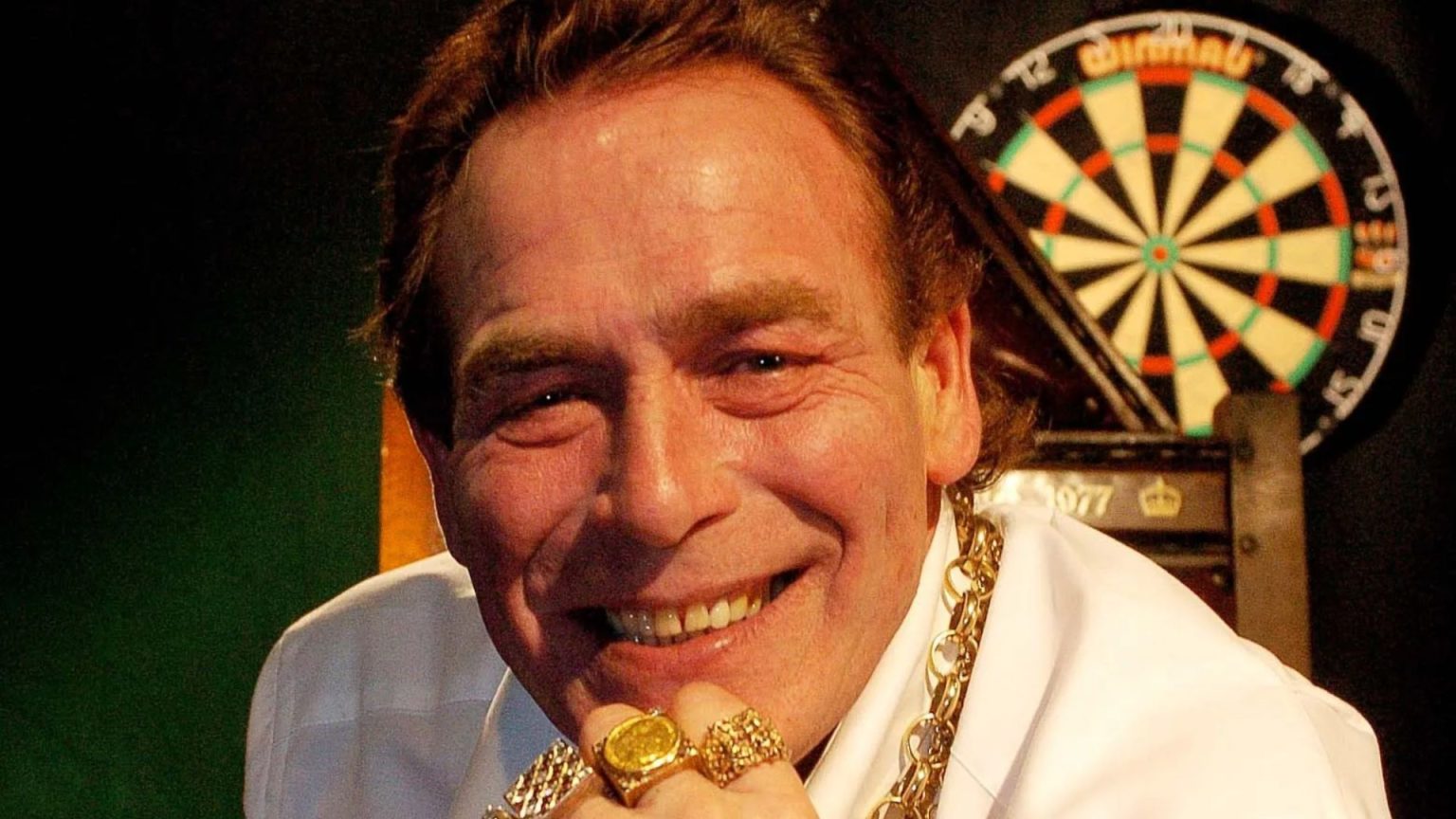Bobby George, a flamboyant figure in the world of darts, is credited with transforming the sport’s image and fan culture. In the 1970s and 80s, his extravagant outfits, featuring capes, sequins, and bling, coupled with his signature walk-on to Queen’s “We Are The Champions,” inspired fans to embrace fancy dress, creating the vibrant atmosphere seen at darts tournaments today. George’s showmanship extended to incorporating a candelabra into his entrance, reminiscent of Liberace, further solidifying his image as “Bobby Dazzler.” He believed that his distinct style would ensure he was remembered, regardless of his performance. His introduction of walk-on music is now a cornerstone of professional darts, though player attire has become significantly more subdued in recent years.
The 1980 Embassy World Darts Championship final between Bobby George and Eric Bristow marked a turning point in darts history. George’s sequinned shirt and the unexpected addition of the candelabra amplified the spectacle, adding a new dimension to the competition. This event cemented the connection between darts and entertainment, laying the foundation for the enthusiastic fan culture that continues to thrive. While George lost the final to Bristow, his impact on the sport was undeniable. He became a celebrity beyond the darts world, appearing on television chat shows and reality programs. His success allowed him to accumulate considerable wealth, contrasting sharply with his humble beginnings as a nightclub bouncer, floor layer, and construction worker.
Bobby George’s path to darts stardom was unconventional. He discovered his talent at the age of 30 during a sea fishing trip off the Irish coast, when bad weather led him to a local pub where he picked up darts for the first time. His natural aptitude for the game, possibly honed by earlier knife-throwing practice, quickly became apparent. He soon turned professional and within a few years, achieved significant success, winning the prestigious News of the World tournament in 1979 without losing a single leg. Despite twice reaching the World Championship final, George never secured the title, though he became a beloved figure in the sport.
George’s approach to the sport differed from many of his contemporaries. He avoided heavy drinking, maintaining a bodybuilder physique and cultivating a film star image. This set him apart in an era where heavy drinking among players was common. His friendship with Eric Bristow, another prominent figure in darts, added another layer of intrigue to their rivalry on the oche. Bristow, known for his cockiness and skill, often clashed with George, creating memorable matches filled with fist pumps and playful antagonism. Despite Bristow’s bravado, he was known to be emotionally vulnerable, sometimes succumbing to “dartitis” and even weeping after victories.
The evolution of darts is highlighted by the changing landscape of the sport. While legendary players like Jocky Wilson were known for their on-stage drinking, modern players are subject to stricter regulations and are often shielded from fans by minders. George laments these changes, believing they have softened the sport and created a distance between players and their fans. He recalls a time when players freely interacted with the crowd, sharing cigarettes and drinks, a stark contrast to the controlled environment surrounding today’s players. He also critiques the focus on meet-and-greets, arguing that it restricts genuine interaction between players and fans.
Bobby George’s career, while filled with near-misses at the World Championship, was ultimately defined by his influence on the sport’s culture and its passionate fan base. Despite suffering significant injuries, including a ruptured spleen and a broken back, he continued to compete and contribute to the sport’s growth. He recognizes the importance of the crowd’s energy in fueling a player’s performance, emphasizing the unique atmosphere that distinguishes darts from other sports. George’s legacy extends beyond his achievements on the oche, encompassing his role in transforming darts into the vibrant spectacle it is today. His flamboyant style and showmanship inspired generations of fans to embrace fancy dress, creating the lively and colorful atmosphere now synonymous with darts tournaments.




